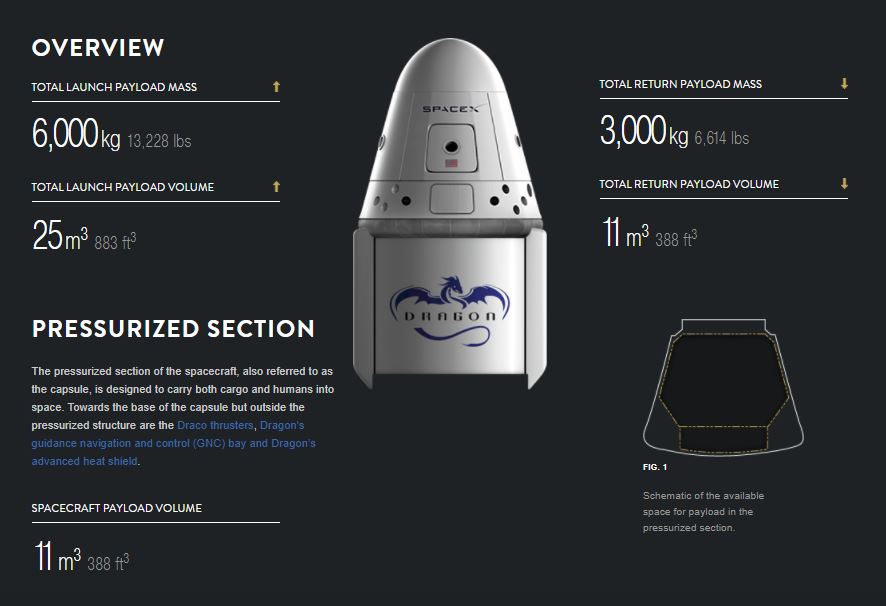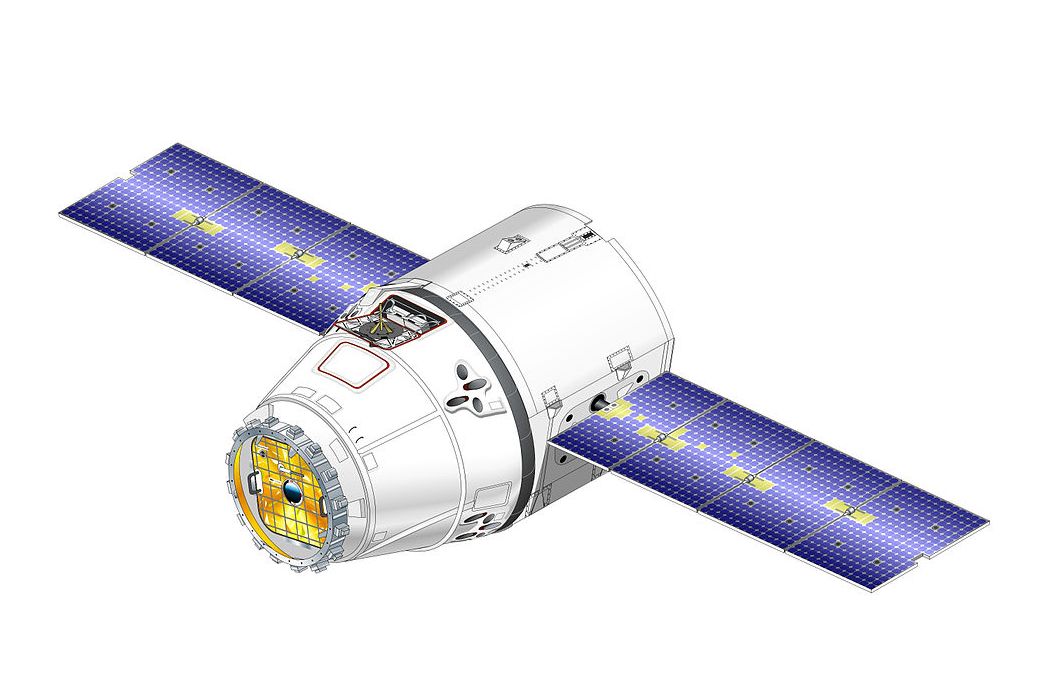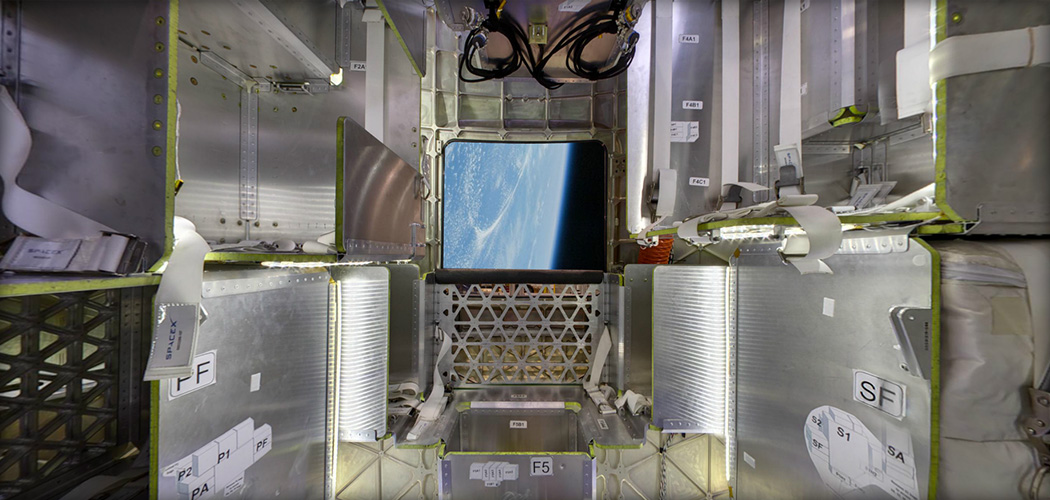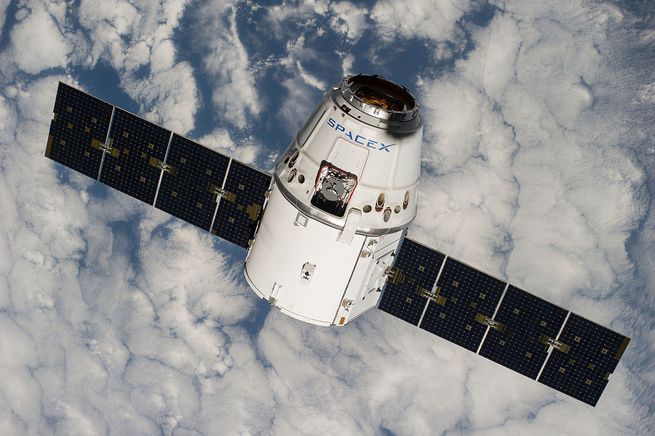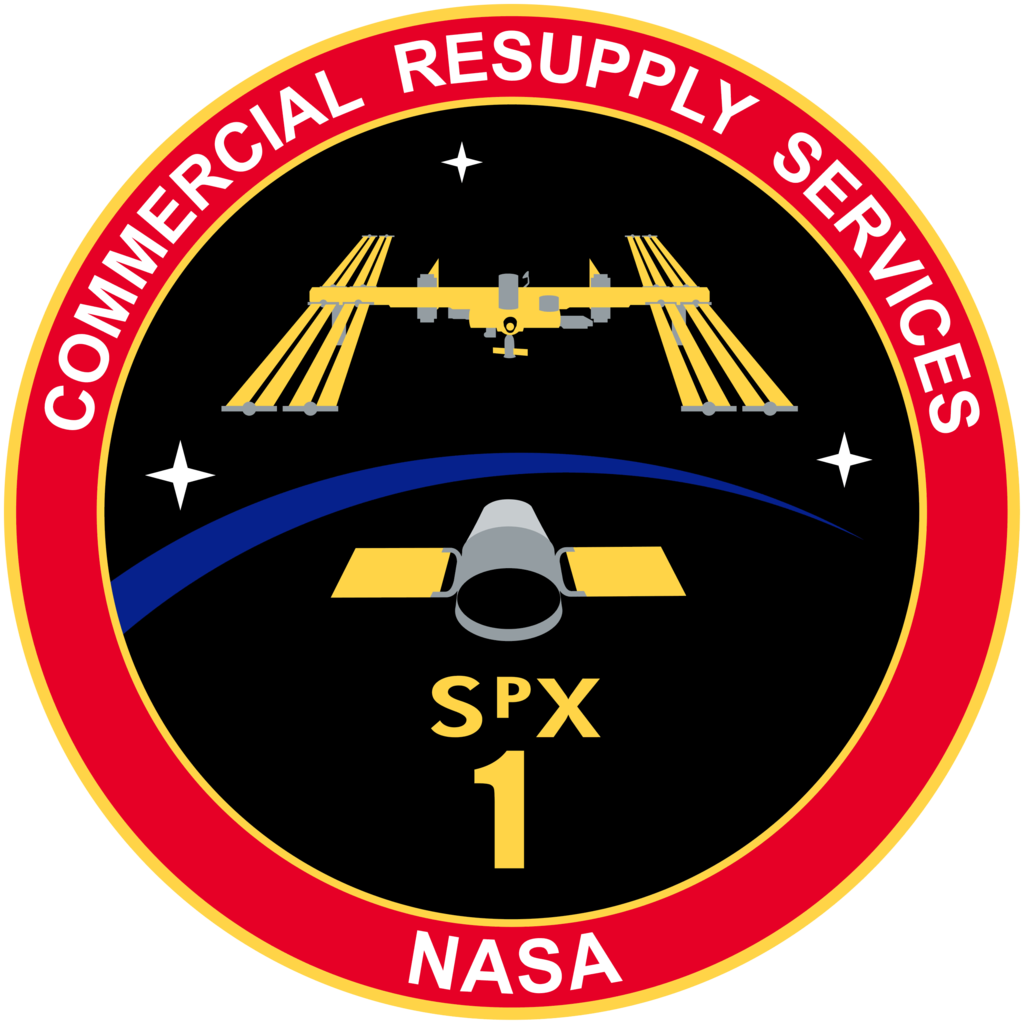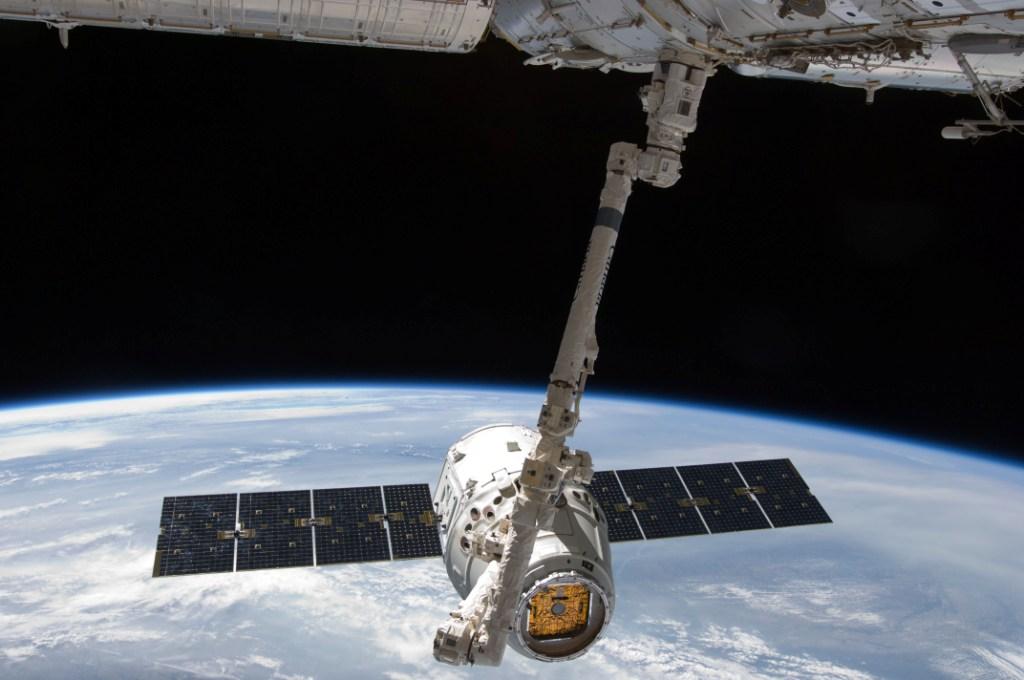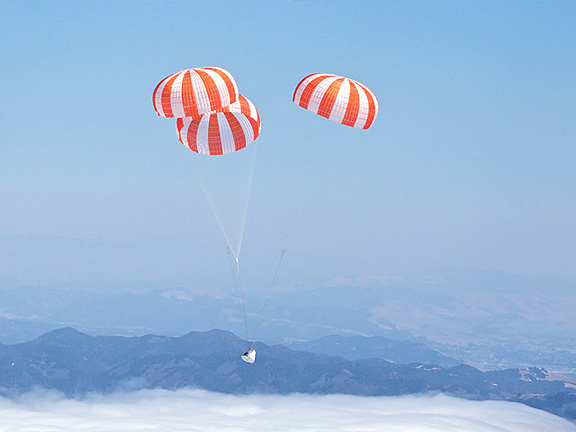SpaceX’s Dragon – The Private Space Cargo Truck!
Puff The Magic Dragon
SpaceX’s Dragon spacecraft was developed in collaboration with NASA’s Commercial Orbital Transportation Services (set up to foster private space capabilities) to transfer cargo to and from low-Earth orbit for NASA. Dragon is a reusable spacecraft, similar in design to Crew Dragon, and can carry up to 6,000 kgs to the International Space Station (ISS) via launches of SpaceX’s reusable Falcon 9 rocket!
Leading The Commercial Space Industry!
The commercialization of space will be critical to driving down costs in the future for access to space in general, but also to continue utilizing the ISS. SpaceX’s Dragon, Orbital ATK’s Cygnus and eventually Sierra Nevada Corp’s Dream Chaser were awarded funding and NASA’s commercial resupply contracts for the ISS which will reduce overall cost, develop private space capabilities and allow NASA to focus on other space exploration missions.
The NASA led commercial development program was an inspired decision with NASA providing SpaceX slightly less than half ($396 million) the funding required for the development of the Falcon 9 and Dragon cargo capsule. Dragon is also helping America regain spaceflight capability that it lost when the Space Shuttle fleet was retired in 2011.
SpaceX was initially awarded a contract to fly 12 resupply missions to the ISS worth $1.6 billion; this was later increased to 20 missions after early successes. A further contract has been signed adding at least another 6 supply missions. This is in addition to the Crew Dragon commercial astronaut transfer service program.
The initial Dragon commercial resupply mission to the ISS, the first time a private supply vessel has docked with the station, successfully docked on 10th October 2012. However, during the 7th resupply mission, the Falcon 9 disintegrated mid-flight resulting in the loss of the Dragon capsule and cargo.
Top 10 Fun Facts About The Dragon Cargo Capsule!
- SpaceX’s CEO named the capsule ‘Dragon’ after the song “Puff the magic Dragon” after critics said his plans were fanciful and wouldn’t materialize.
- Dragon was designed from the start to carry cargo, crew and perform as a space laboratory.
- The cargo version accommodates pressurized cargo in the capsule as well as unpressurized cargo in its attached trunk module.
- The spacecraft has a diameter of 3.7 m (12 ft), weighs 4,200 kg (9,260 lbs) and can carry 6,000 kgs (13,200 lbs) to the ISS.
- The Dragon spacecraft is currently the only cargo spacecraft capable of returning significant amounts of cargo to Earth - 3,000 kgs (6,610 lbs).
- The Dragon capsule and Trunk module are launched atop SpaceX’s partially reusable Falcon 9.
- The capsule is equipped with 18 SpaceX Draco rocket engines to maneuver itself in space
- For a typical mission the Dragon would remain berthed to the ISS for about 30 days.
- The Trunk (service module & unpressured cargo section) is jettisoned just before reentry with the Dragon landing under parachute in the Pacific Ocean.
- The Dragon is at least partially reusable with no new capsules being produced and instead reused Dragon’s are being re-flown exclusively from June 2017 which helps reduce the cost of spaceflight.
Exciting times for commercial spaceflight with these new private companies making spaceflight more affordable!
